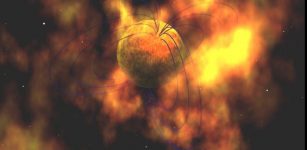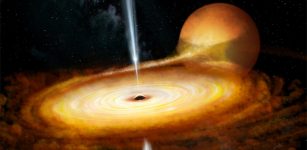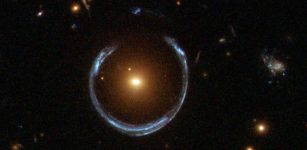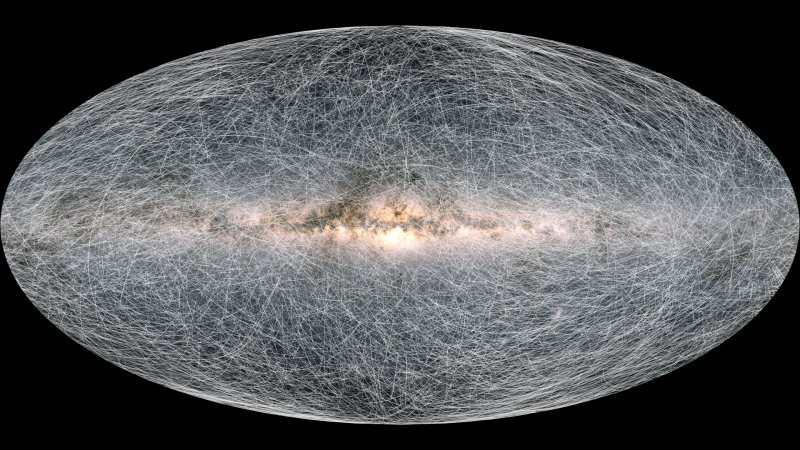Extraterrestrial Life In Space And Smelly, Toxic Gas On Earth As A Crucial Biosignature
Eddie Gonzales Jr. – MessageToEagle.com – Researchers concluded that phosphine – one of the most toxic and stinkiest gases on Earth, is a crucial biosignature.
If phosphine is detected in a nearby, rocky planet, that planet must be harboring life of some kind.
Phosphine is considered an unmistakable sign of extraterrestrial life.
MIT researchers have found that phosphine – one of the stinkiest and toxic gases on Earth, found in some of the filthiest of places, including penguin dung heaps, the depths of swamps and bogs – is produced by cannot be produced in any other way except by these extreme, oxygen-averse organisms, making phosphine a pure biosignature.
“Here on Earth, oxygen is a really impressive sign of life,” lead author Clara Sousa-Silva, a research scientist in MIT’s Department of Earth, Atmospheric and Planetary Sciences, said in a press release.
“But other things besides life make oxygen too. It’s important to consider stranger molecules that might not be made as often, but if you do find them on another planet, there’s only one explanation.”
Researchers also found that phosphine, they found, has no significant false positives, meaning any detection of phosphine is a sure sign of life.
 Phosphine, a molecule known on Earth for its smelly and toxic nature, maybe a sure sign of alien life if detected in nearby exoplanets. Image courtesy of NASA, edited by MIT News
Phosphine, a molecule known on Earth for its smelly and toxic nature, maybe a sure sign of alien life if detected in nearby exoplanets. Image courtesy of NASA, edited by MIT News
The researchers then explored whether the molecule could be detectable in an exoplanet’s atmosphere.
They found that if phosphine were produced at relatively small amounts equivalent to the amount of methane produced on Earth today, it would produce a signal in the atmosphere that would be clear enough to be detected by an advanced observatory such as the upcoming James Webb Space Telescope, if that planet was within 5 parsecs, or about 16 light-years from Earth — a sphere of space that covers a multitude of stars, likely hosting rocky planets.
Aside from establishing phosphine as a viable biosignature in the search for extraterrestrial life, the team’s results provide a pipeline, or process for researchers to follow in characterizing any other of the other 16,000 biosignature candidates.
“I think the community needs to invest in filtering these candidates down into some kind of priority,” Sousa-Silva said.
“Even if some of these molecules are really dim beacons, if we can determine that only life can send out that signal, then I feel like that is a goldmine.”
Paper is published in the journal Astrobiology.
Written by Eddie Gonzales Jr. – MessageToEagle.com Staff











